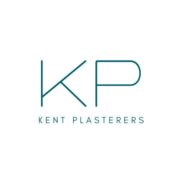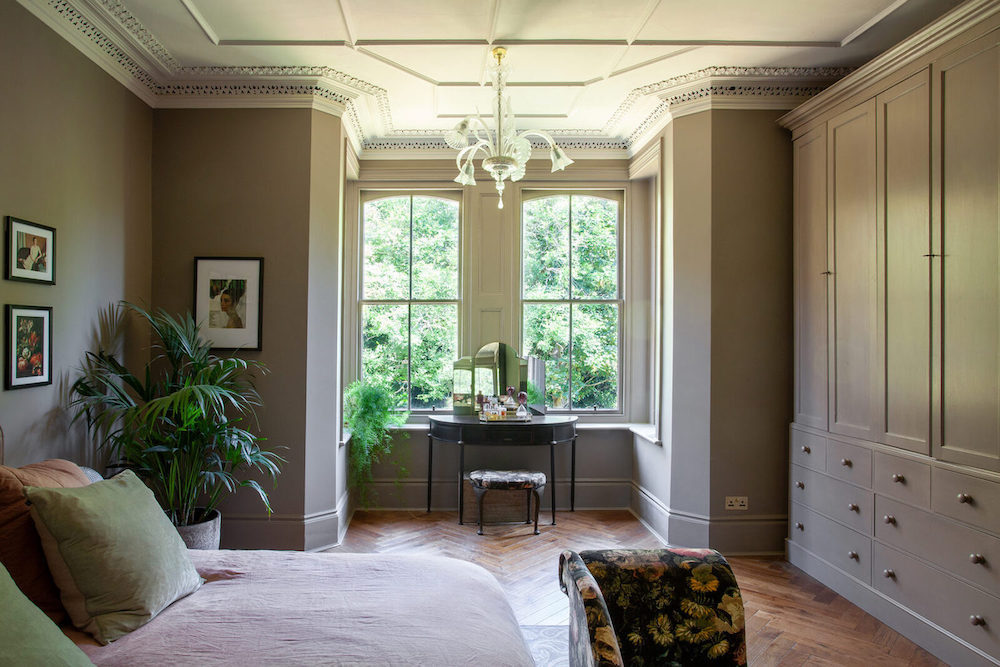Transform your tired brick walls into stunning, smooth surfaces with our expert guide on how to render a brick wall – discover the techniques professionals don’t want you to know.
Understanding Brick Wall Rendering: Essential Preparation
Rendering a brick wall is a transformative process that can dramatically enhance both the aesthetic appeal and protective qualities of your property. Before embarking on this project, it’s crucial to understand that successful rendering requires careful planning and proper preparation. In the UK, where weather conditions can be unpredictable, choosing the right time and approach is particularly important. Recent studies show that properly rendered walls can improve a property’s thermal efficiency by up to 15% and significantly increase its market value.
Assessing Your Wall’s Condition
Before starting any rendering work, thoroughly inspect your brick wall for these critical factors:
- Check for structural integrity and repair any loose or damaged bricks
- Identify areas of dampness or efflorescence (white, powdery deposits)
- Examine existing mortar joints for deterioration
- Look for signs of previous repairs or treatments that might affect adhesion
Gathering the Right Tools and Materials
- Rendering materials (cement, lime, sand mixture)
- Steel trowels (straight and notched)
- Floating tool or derby float
- Spirit level and straight edge
- Wire brush and scraper
- Mixing bucket and paddle mixer
- Personal protective equipment (PPE)
Safety Considerations and Preparations
Safety should always be your primary concern. According to recent HSE statistics, 23% of DIY accidents in the UK occur during external home improvements. Ensure you have:
- Adequate eye protection and dust masks
- Strong, sturdy scaffolding if working at height
- Clean water supply nearby
- First aid kit readily available
Pre-Rendering Wall Preparation: The Foundation of Success
The success of your rendering project largely depends on the preparation phase. Professional renderers spend up to 40% of their project time on preparation alone, and for good reason. A well-prepared surface ensures better adhesion, fewer problems during application, and a longer-lasting finish.
Thorough Wall Cleaning Techniques
Start by removing all traces of dirt, grease, and loose material:
- Use a wire brush to remove loose mortar and debris
- Pressure wash the wall if heavily soiled
- Allow the wall to dry completely after cleaning
- Remove any old rendering or paint that’s flaking
Treating Damp and Damaged Areas
Address any moisture issues before rendering:
- Repair damaged bricks and mortar joints
- Install damp-proof courses if necessary
- Allow repairs to cure fully before proceeding
- Apply appropriate treatments to any areas affected by moss or algae
Wall Dampening Process
Proper wall dampening is crucial for render adhesion. Spray the wall lightly with clean water until it’s evenly damp but not soaking wet. This helps prevent the render from drying too quickly and ensures proper curing.
The Rendering Process: Step-by-Step Application
The actual rendering process requires patience and attention to detail. Professional studies indicate that proper application techniques can extend the life of rendered walls by up to 25 years.
Mixing Your Render: Getting the Perfect Consistency
The perfect render mix should have a smooth, workable consistency similar to toothpaste:
- Use 1 part cement to 3-4 parts sand for the scratch coat
- Add plasticiser according to manufacturer’s instructions
- Mix thoroughly until achieving a uniform consistency
- Only mix what you can use within 1-2 hours
Applying the Critical First Scratch Coat
The scratch coat is your foundation layer:
- Apply render with firm pressure using a steel trowel
- Work in sections of manageable size
- Create horizontal scratches for better second coat adhesion
- Allow to dry until firm but not completely set
Second Coat Application Techniques
The second coat brings your wall to life:
- Apply when the scratch coat is firm but still slightly damp
- Use a straight edge to ensure even application
- Work systematically from top to bottom
- Maintain consistent thickness throughout
Achieving That Professional Finish
The finishing stage is where your rendering project truly comes together. This phase requires patience and attention to detail to achieve that smooth, professional look that will make your property stand out.
Floating and Smoothing Techniques
Master these essential finishing techniques:
- Use circular motions with a plastic float for initial smoothing
- Apply consistent pressure to achieve an even surface
- Work in small sections to maintain control
- Keep tools clean throughout the process
Creating Different Textures
Different textures can be achieved through various techniques:
- Smooth finish: Use a steel trowel and water brush
- Tyrolean finish: Apply with a specialist machine
- Pebbledash: Add aggregate while render is wet
- Roughcast: Use specific mixture and throwing technique
Essential Drying Time and Conditions
Proper curing is crucial for durability:
- Allow minimum 24 hours between coats
- Protect from direct sunlight and strong winds
- Mist spray during hot weather
- Total curing time: 7-10 days minimum
After-Care and Maintenance
Maintaining your rendered wall is essential for longevity. Studies show that well-maintained rendered walls can last up to 30 years. Regular checks and prompt repairs of any damage will protect your investment.
Common Mistakes to Avoid
Be aware of these frequent rendering pitfalls:
- Applying render in unsuitable weather conditions
- Incorrect mixing ratios
- Inadequate surface preparation
- Rushing between coats
- Poor protection during curing
When to Call a Professional
While rendering can be a DIY project, some situations demand professional expertise. Contact Kent Plasterers when:
- Working on large or high walls
- Dealing with complex architectural features
- Requiring specialist finishes
- Facing structural issues
Conclusion: Transforming Your Space
Rendering your brick wall is a transformative project that can dramatically improve your property’s appearance and value. While it requires careful preparation and execution, the results can be stunning when done correctly. For professional rendering services in Kent and surrounding areas, contact Kent Plasterers for a consultation and ensure your project achieves the perfect finish you desire.
FAQ
Is rendering brick a good idea?
Rendering also has another key advantage: layering your builder’s exterior helps prevent the exposed brick from cracking and erosion, which can save you from having to pay for expensive maintenance.
Why do you sprinkle water on bricks before actual use?
Wetting of bricks assists in removing the dirt, sand and dust from them. Further, it prevents the suction of water from wet mortar, as otherwise mortar is likely to dry out soon and crumble before attaining strength.
Can I use mortar as render?
Indeed, it is not recommended to use mortars for rendering that are not air entrained. This situation is reflected in current British and European standardisation. The topic of air entrainment in mortars is dealt with in MPA Mortar learning text 4: Admixtures.
Do you wet bricks before rendering?
For exterior walls, ensure you wet down surface to assist with correct cement hydration and bonding. Apply Quick Render once the ‘sheen’ has gone off the wall. If you’re dealing with an uneven brick wall, use a leveling compound to create a smooth surface before applying the render.
Can you render with just sand and cement?
Sand and cement render is a relatively simple and cost-effective option for finishing the exterior of a building, and can be used to achieve a variety of looks, from traditional to modern.
Sources
[1] https://www.youtube.com/watch?v=oUf15aMzH3g
[2] https://www.youtube.com/watch?v=-O5r4NhIwSI
[3] https://www.youtube.com/watch?v=ThcIIDGN08Q

